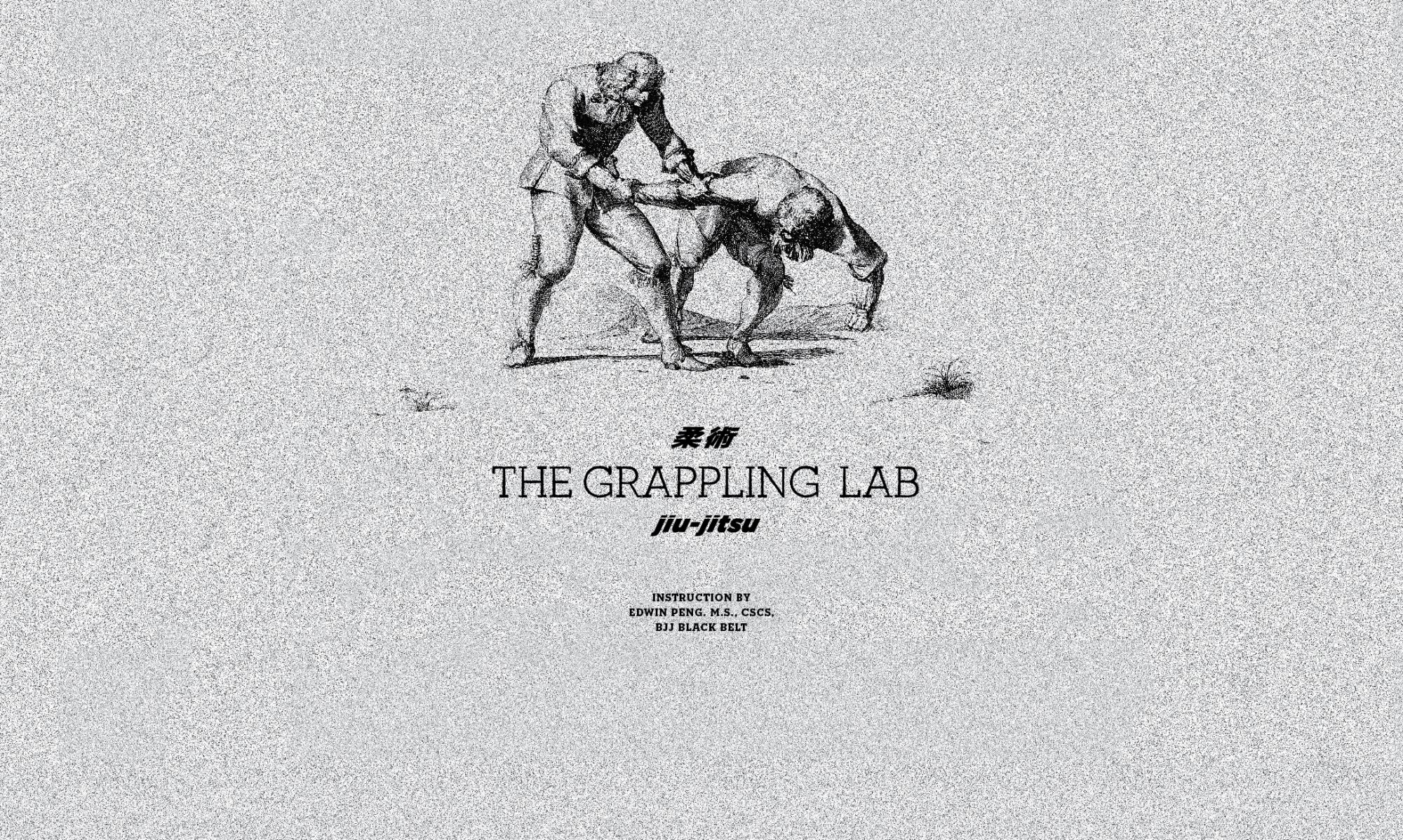The difference between a novice BJJ player and a veteran BJJ player is how much cognitive activity is needed for certain tasks. A beginner will have to dedicate a huge amount of cognition into just simply moving their bodies around, and the left over cognitive energy will have to be used on just understanding what is going on in that moment (what’s the opponent doing? Are they trying to pass my guard? Which way are they going to pass?). A veteran player will be able to put minimal amount of cognitive energy into movement – and will be able to put most of their brain into tactics and strategy (or what they will eat for dinner after class.)
New practitioners will have to engage in cognitive activity in order to process information during each roll – the student must consciously think about what to do and how to do it. During this stage the student will make a lot of mistakes, which is natural and should be expected by both the instructor and the student. The student will also not be able to identify or fix their mistakes, so the instructor will need to tell them what they’re doing wrong and how to do it right. During this stage of development of a student, instructors must give lots of attention and instruction in order to grow the student into a blue belt.
As the white belt transitions to a blue belt, they will understand the basic objectives of BJJ, and will know a handful of moves to attempt to complete their objectives. When a white belt is transitioning into a blue belt she will be able to associate specific cues (either seeing a familiar position, or feeling a specific motion) with movements required to achieve their goal, whether the goal is to pass guard, sweep, or submit. These specific cues will be instilled through many repetitions and classes.
The blue belt will be able to perform with fewer and smaller errors due to acquiring basic fundamentals and mechanics of a skill, although they will still have much to improve upon. As the student improves through purple, brown, and black they will be faster at associating cues with movements and able to perform automatically. It will only be after years of training that a practitioner will be able to engage in autonomic execution of maneuvers.
When a beginner is learning how to attack with a triangle choke they might only be able to complete the motion of setting up the choke during drills against a non-resisting partner. The triangle set-up will be formulaic and robotic due to the student only able to consciously following instruction. The beginner will not be able to use the triangle choke during rolling sessions because they have not begun to associate the movement of the opponent with valid entries for the triangle. As the beginner drills and rolls more the beginner will be able to associate cues of the opponent, such as one arm in and one arm out, with entries to the triangle. After many years of practice, the student will be able to non-consciously understand when they can use a triangle and non-consciously attack since the skill has become automatic.
In order to progress through these stages of development, a student requires many repetitions of movement to find best way of solving each positional motor problem given the infinite number of external conditions one might encounter due to the fact that movements are never reproduced exactly. The student must drill positions and techniques with as many different body types and levels of resistance as possible. These drills must be changed in ways in order to not present themselves the same way twice, as a large component of learning is “The student must also attempt to use the techniques and maneuvers drilled during live rolling sessions in order to experience as many modifications of the skills as possible.
An instructor must take great care in order to take into consideration the behavior and thought process of a beginner student in order to tailor the instruction, feedback, and practice conditions to suit the student. The instruction portion of class should also be structured in a way to maximize the student’s learning in the shortest amount of time.

